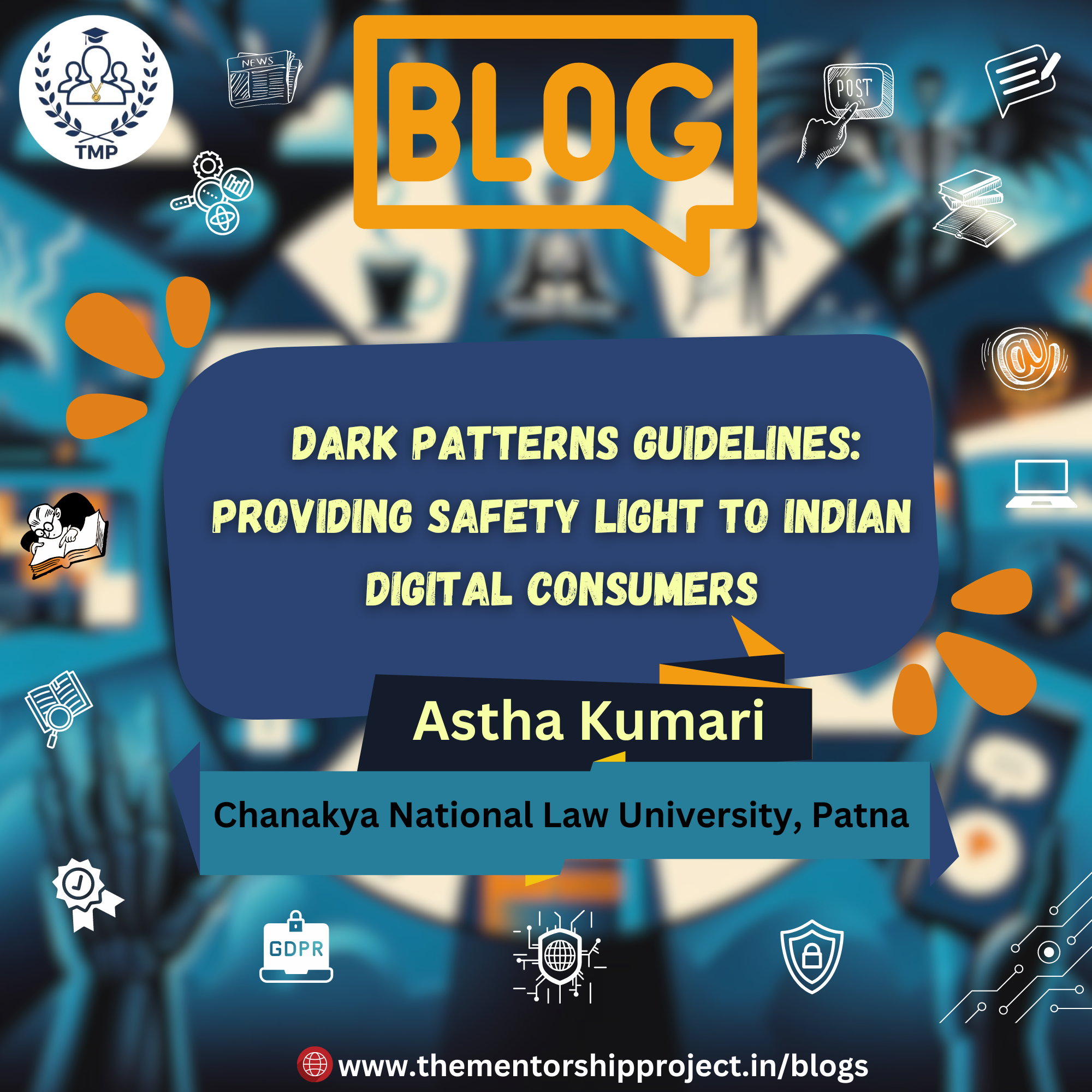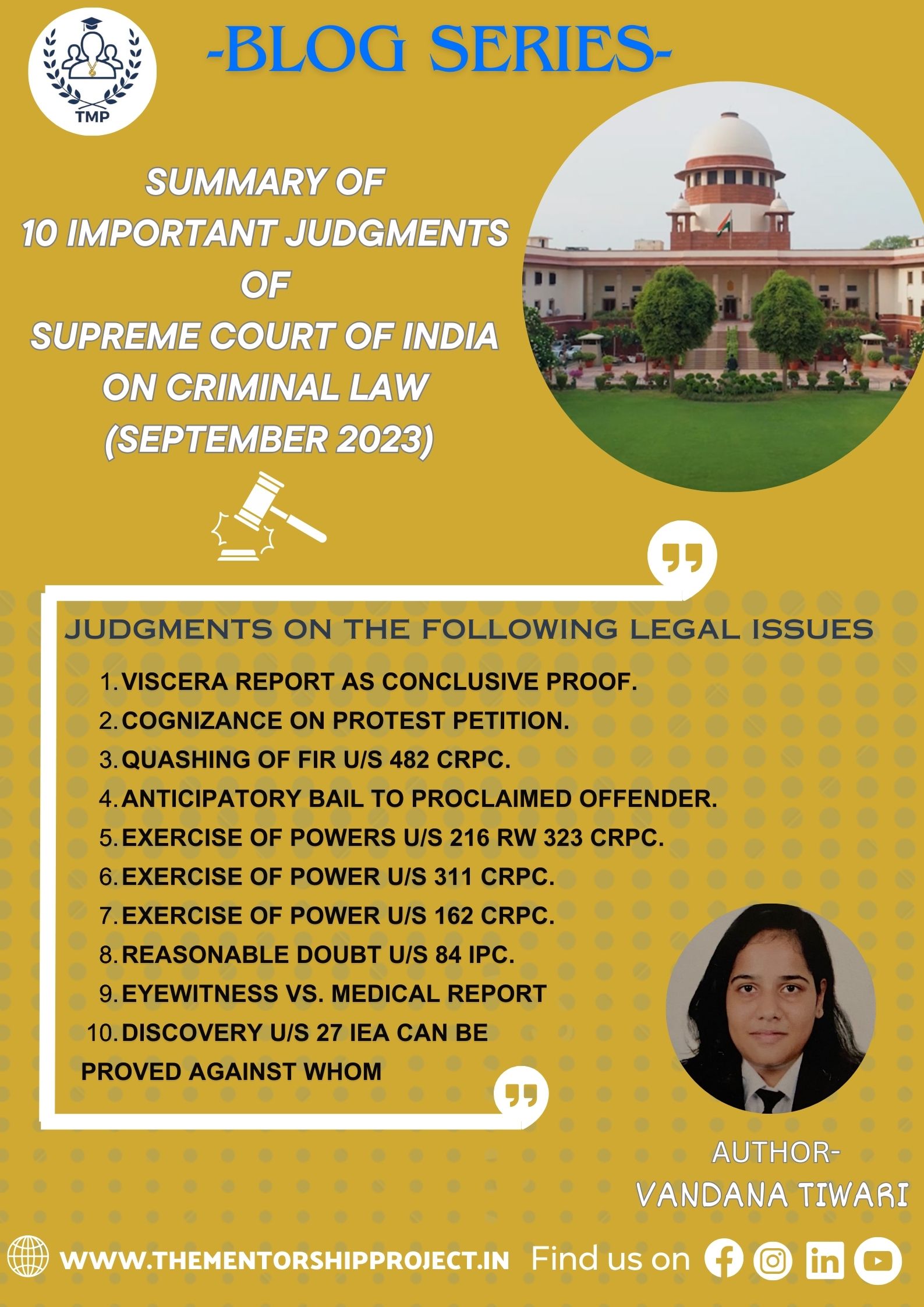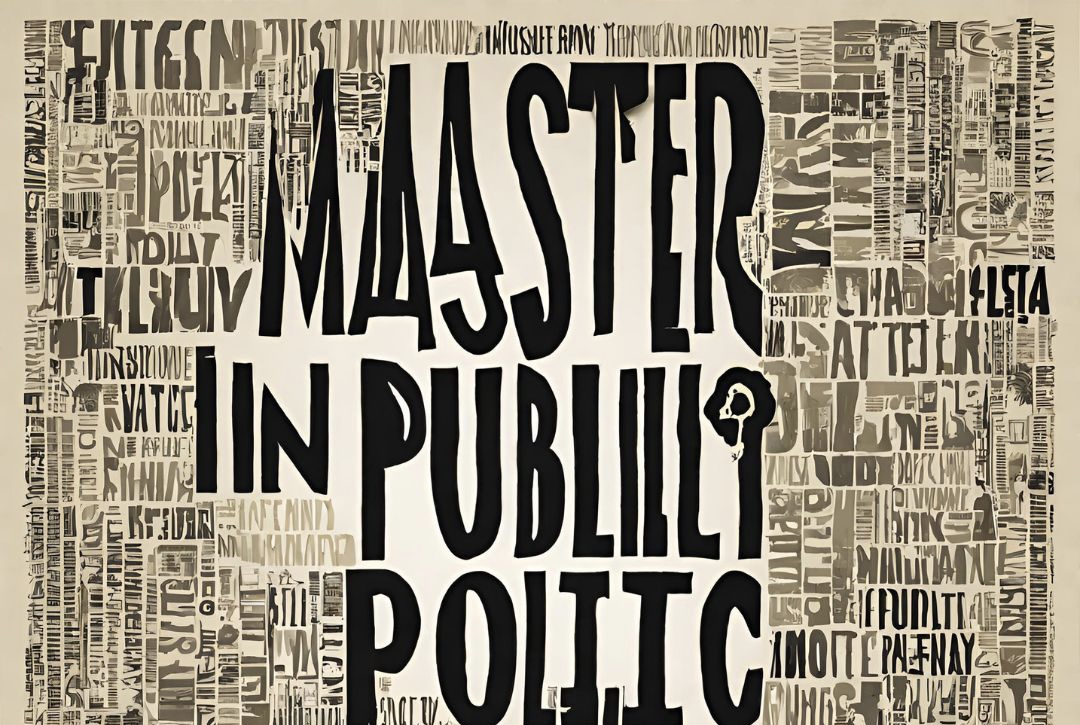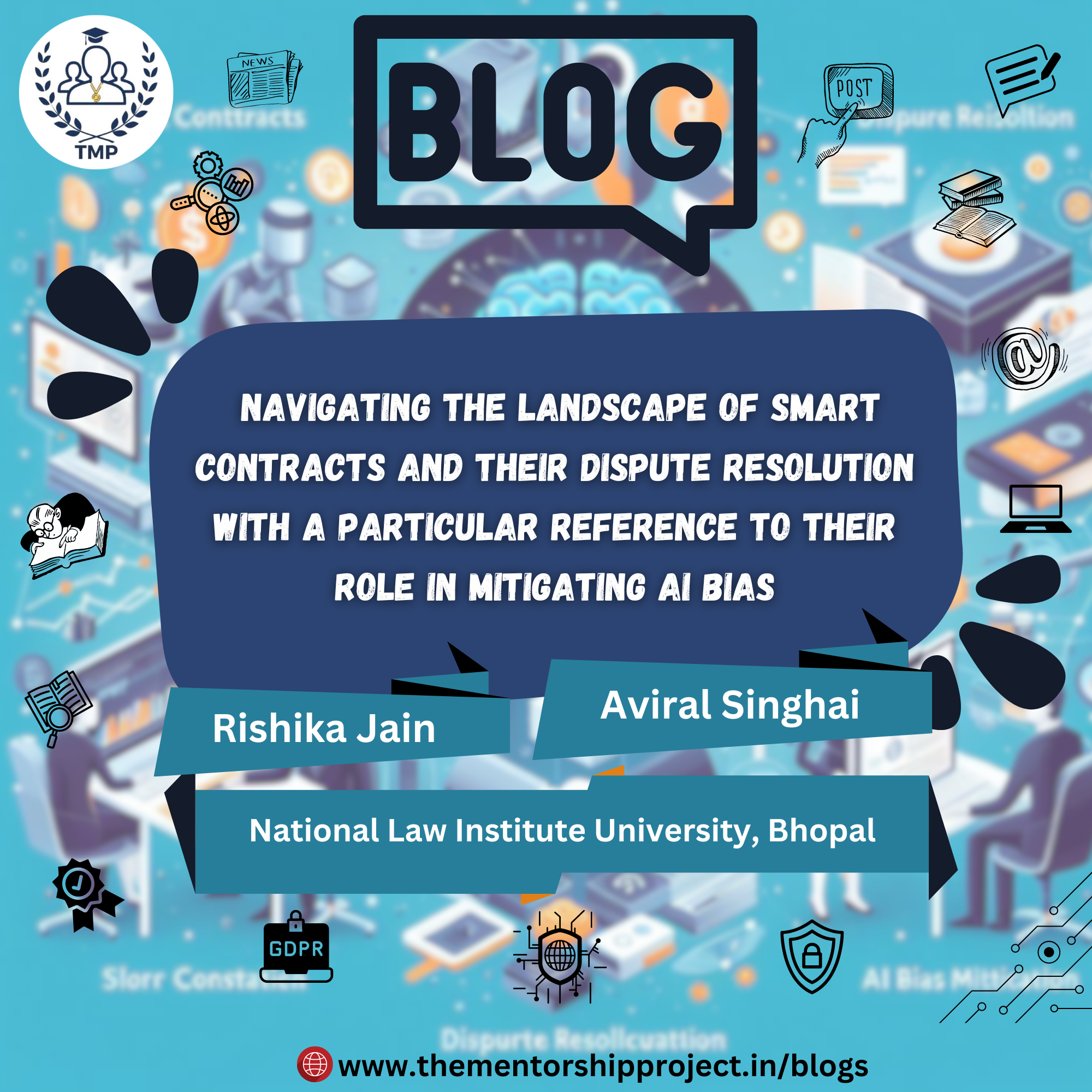May 03 , 2024
DARK PATTERNS GUIDELINES: PROVIDING SAFETY LIGHT TO INDIAN DIGITAL CONSUMERS
I. Introduction
Everybody in this digital age has experienced irritation and frustration from those intrusive pop-ups and eye-catching messages that appear on user interfaces and are designed to deter or confuse users from performing the intended activity. These practices or patterns that show up on the user interface are referred to as dark patterns.
This resulted in the introduction of Dark Patterns Guidelines in India, which safeguard customers' digital rights by preventing and regulating dark patterns on all platforms and deceptive or misleading tactics. All platforms that offer goods or services, sellers, and advertising are included in this list of platform providers to which the guidelines apply.[i]
II. Usage And Regulation Of Dark Patterns In The Developed World
The usage of dark patterns has been there for a while now and every customer has experienced it. Most of the big companies including Google, Amazon, and Facebook have used it to increase their profits in the past and some of them had to pay huge penalties for violation of consumer rights. Internationally, regulators took a strong stance to protect consumer digital rights against dark patterns. The USA and the European Union came to the forefront of regulating dark patterns.
- In the European Union
The EU Digital Services Act, 2022 mandates that all online platforms design, arrange, and run their online interfaces in a way that does not deceive, manipulate, or otherwise materially distort or degrade users' capacity to make free and informed decisions.[ii] Among other things, they have to include in their terms of service the primary parameters that their content recommender systems utilise, as well as any alternatives that users have to change or amend those parameters.
Furthermore, every advertisement that users see on any online platform needs to have certain mandatory information displayed on it. This information includes a clear label designating the content as an advertisement, the identity of the person who posted the advertisement (or on whose behalf it is displayed), the payment source for the advertisement, and useful details about the primary parameters that determine whether the user wants to see the advertisement and, if applicable, how to modify those parameters.[iii]
- In the USA
Similarly, in the United the California Consumer Privacy Rights Act, 2020,[iv] read with the California Consumer Privacy Act Regulations of 2023, defines dark patterns as a user interface designed with a substantial effect of undermining or impeding user autonomy, decision-making, or choice.[v] Additionally, according to the revised definition of consent, an agreement acquired through the use of dark patterns is invalid and does not constitute consent.[vi]
On the federal level, the Federal Trade Commission slapped Epic Games with a $250 million penalty under the US Federal Trade Commission Act for using dark patterns to hinder the user from cancelling or requesting refund options.
III. Analysis Of Dark Patterns Guidelines In India
Any practices or deceptive design patterns that subvert or impair consumer autonomy, decision-making, or choice, amount to misleading advertisement, unfair trade practices, or violate consumer rights, are referred to as dark patterns by the Prevention and Regulation of Dark Pattern Guidelines. These practices or interactions use user interfaces or user experience interactions on any platform with the intention of misleading or tricking users into doing something they originally did not intend to do or want to do.[vii]
The guidelines are applicable to all platforms systematically offering goods or services in India, including advertisers and sellers. Interestingly, it is also applicable to all business entities that target the Indian market, irrespective of their physical location.[viii]
The Guidelines' definition of terms is restricted to those found in the Consumer Protection (E-Commerce) Rules, 2020, which are confined to the Consumer Protection Act, 2019. Consequently, the applicability of these terms in the context of the Dark Pattern Guidelines is not completely clear.[ix] It lists 13 dark patterns that are prohibited but penalties and punishment for non-compliance with the prohibition are vague.
Therefore, the general punishment as provided by Section 88 and Section 89 of the Consumer Protection Act, 2019 will come into effect. Non-compliance with the Act can result in imprisonment for a maximum of six months or a fine of up to twenty lakh rupees, or both, as provided by Section 88.[x] A two-year prison sentence and a fine of up to ten lakh rupees are the penalties provided in Section 89 for making fraudulent or deceptive ads. [xi] Moreover, for every subsequent offence imprisonment and fine can extend to five years and fifty lakh rupees respectively.
- Relevance of intent to mislead
According to dark pattern guidelines, one of the essential ingredients for a pattern to be considered a dark pattern is that it should be designed to mislead.[xii] The intention behind the design is relevant, irrespective of its outcome and its effect on the consumer. Therefore, the intention behind the creation of design becomes a determining factor for dark patterns in India.
Meanwhile, other laws such as the Digital Services Act in the European Union [xiii]and the California Consumer Privacy Rights Act in the USA based the essential ingredient for a dark pattern on the outcome and impact that they may adversely affect consumer choices. The intention behind the design is a factor to be considered, but not the determining factor for dark patterns. Therefore, a pattern can fall into the definition of a dark pattern regardless of the intention behind it in the other jurisdiction, but it is not the same case in India.
IV. Impact On Consumer Digital Rights And Privacy
The world is proactively protecting user data and explicit free consent to uphold data privacy standards. The major concern of collection and use of consumer data through dark patterns on these platforms without explicit consent is going to be addressed through these guidelines in India.
The existing Digital Personal Data Protection Act, 2023 which has the same basic intent of explicit free consent to collect and use user data makes it compulsory to add user consent with a notice of the purpose of data collection to users.[xiv]Though it does not specifically deal with dark patterns but applies to it in general.
Now the specific Dark Pattern guidelines will strengthen the data privacy regime for consumers. The platforms cannot collect consumer data through dark patterns. They have to obtain explicit consent from consumers for data collection, and also have to provide processing information to consumers about their data. Non-compliance with these regulations will attract heavy penalties in the Digital Personal Data Protection Act, 2023, as well as in the Consumer Protection Act, 2019.
V. Way forward in the Light
Public awareness of dark patterns and their consumer rights against them will help consumers protect themselves from unfair practices and personal data. The use of light patterns which are the antithesis of dark patterns and known for complying with regulations and consumer-friendly needs to be incentivized to provide for better industry standards as done in developed countries.
In addition, the guidelines lacked clarity on the aspect that it provides for specified dark patterns in Annexure I but with the intent to make it illustrative. [xv] The intent of the annexure and the specified list of dark patterns in the annexure are not in consonance, especially when read with Guideline 5. The clarity over it with the flexibility to add more dark patterns as the digital ecosystem is developing at a rapid rate will make the guidelines more comprehensive.
It is to be noted that the list of specified dark patterns though covers most of the content and will help provide clarity to businesses too. But a few of the dark patterns in the list and their definitions which have redundancy and overlap can hamper the digital economy. The guidelines must uphold consumer rights while taking a business-friendly stance in order to support the expansion of the developing digital economy.
Authors: Astha Kumari (Author is pursuing Law at CNLU, Patna)
Disclaimer
The information provided in this article is for informational purposes only and does not constitute legal advice. Readers are encouraged to seek professional legal counsel or expert advice before making any decisions based on the content of this article. The views and opinions expressed in this article are those of the author(s) and do not necessarily reflect the official policy or position of The Mentorship Project (TMP) or any affiliated organizations.
[i] Guidelines on Prevention and Regulation of Dark Patterns 2023, s 3.
[ii] DSA 2022, art 25.
[iii] DSA 2022, art 39.
[iv] California Consumer Privacy Rights Act 2020.
[v] California Consumer Privacy Regulations 2023, § 7004 (c).
[vi] California Consumer Privacy Regulations 2023, § 7004 (b).
[vii] Guidelines on Prevention and Regulation of Dark Patterns 2023(GPRDP 2023), s 2 (e).
[viii] GPRDP 2023, s 3.
[ix] Consumer Protection (E-Commerce) Rules 2020.
[x] Consumer Protection Act 2019(CPA 2019), s 88.
[xi] CPA 2019, s 89.
[xii] GPRDP 2023, s 2 (e).
[xiii] DSA 2022, recital 67.
[xiv] Digital Personal Data Protection Act 2023(DPDPA 2023), s 4
[xv] GPRDP 2023, annex I.








